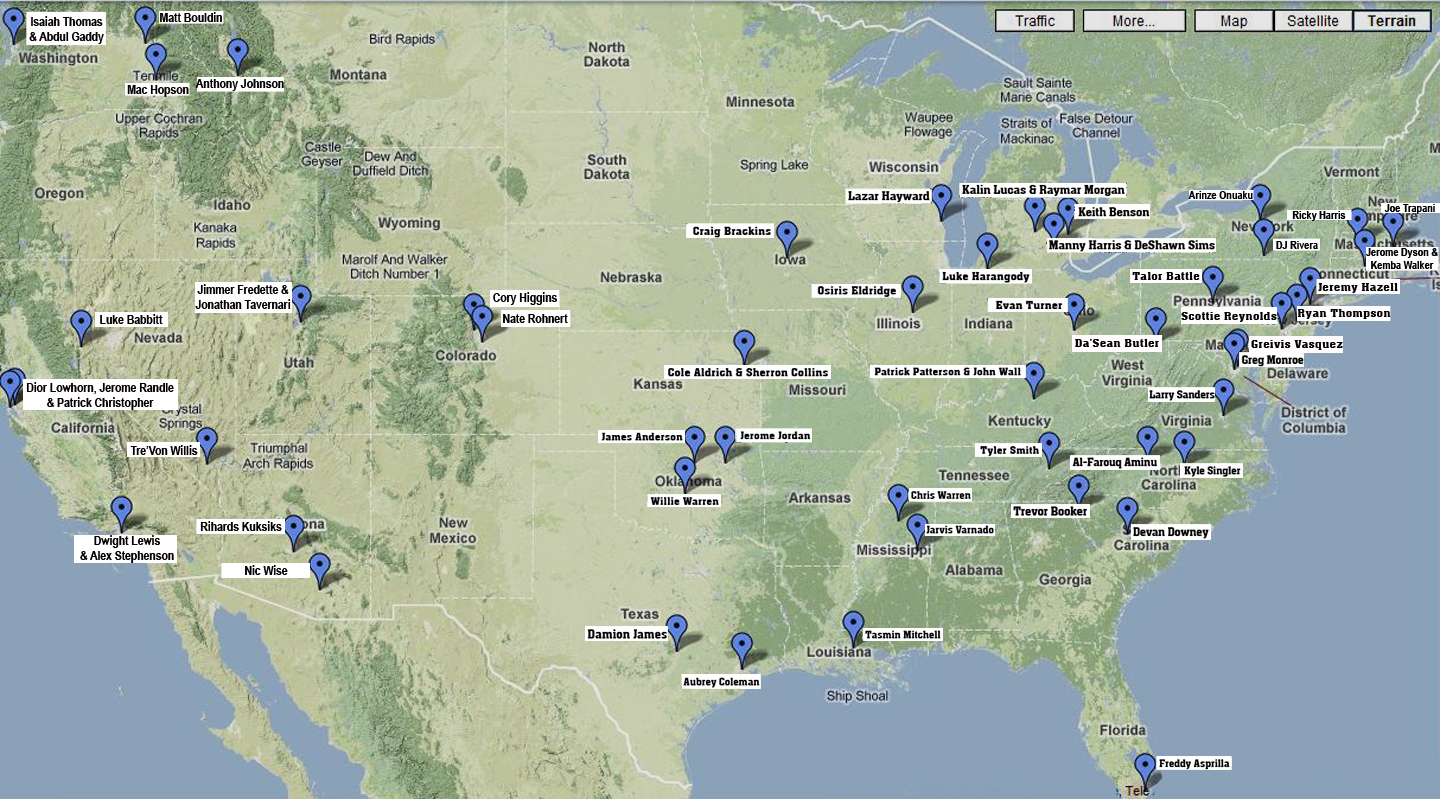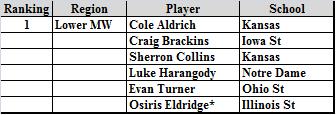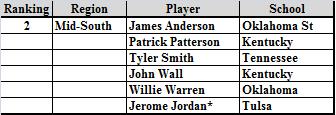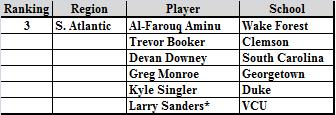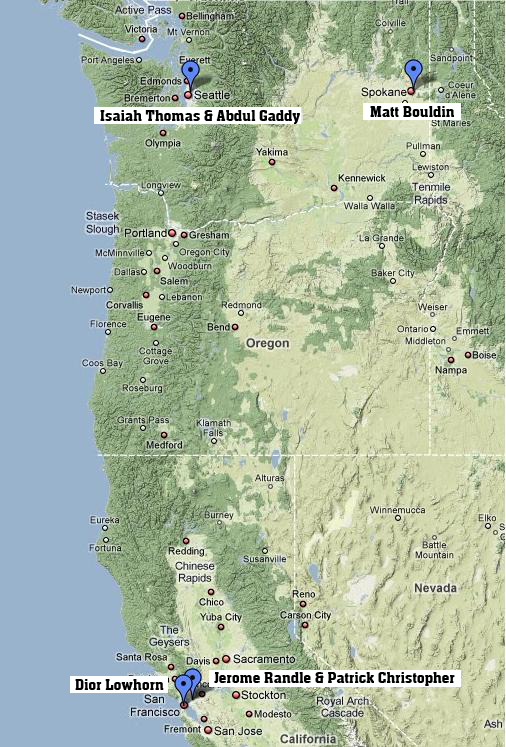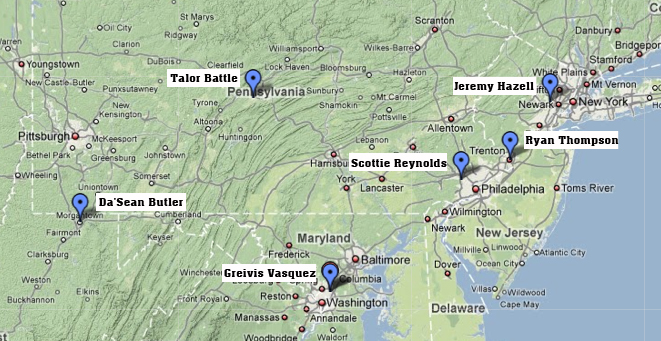RTC 2009-10 Impact Players – Wrap-Up
Posted by rtmsf on November 8th, 2009 Over the course of the last ten weeks we’ve broken down sixty players from around the country whom we expect will have the biggest impact on college basketball this season. We performed this exercise geographically, choosing five high-major and one mid-major player from each of the somewhat arbitrary ten regions of the country. If you’d like to read through the individual regions (and we highly encourage that), you can check all ten here.
Over the course of the last ten weeks we’ve broken down sixty players from around the country whom we expect will have the biggest impact on college basketball this season. We performed this exercise geographically, choosing five high-major and one mid-major player from each of the somewhat arbitrary ten regions of the country. If you’d like to read through the individual regions (and we highly encourage that), you can check all ten here.
If you don’t have the time or inclination to read through all of the previous posts, we’ll summarize here for you by rating the strongest to the weakest regions.
(ed. note: we started this so long ago that Binghamton still had a promising basketball program, and DJ Rivera still had a place to play)
1. Lower Midwest Region (OH, IN, IL, IA, NE, KS)
Overview. This seemed pretty clear just at a first glance. Aldrich, Collins and Harangody are three of the 1st team AAs on the RTC preseason list, and Brackins and Turner are on the 2d team. This group has unbelievable scoring ability, size and experience. The only weak link is the mid-major inclusion of Eldridge, who is a fine player, but not in the class of the rest of these superstars. The nation’s heartland is the epicenter of college basketball talent this year.
Best Players Left Out. Where to start? The depth in this region is incredible. Gordon Hayward and Matt Howard at Butler, Robbie Hummell and E’Twaun Moore at Purdue, even Lance Stephenson at Cincinnati. The #6-10 players in this region would probably be better than all but a few of the other regions.
2. Mid-South Region (KY, TN, MO, AR, OK)
Overview. It was a very close call between this region and the South Atlantic, but we felt that the guard play of Warren and Wall with Anderson on the wing would compensate for what this team gives up in size. And it doesn’t give up much, considering Patterson, Smith and Jordan are all exceptional inside. Tough call, but Wall is the likely #1 pick, so he’s the x-factor.
Best Players Left Out. Plenty of raw size here, including Samardo Samuels at Louisville, Michael Washington at Arkansas and DeMarcus Cousins at Kentucky. Throw in the skilled size of AJ Ogilvy at Vanderbilt and Wayne Chism at Tennessee and this area will punish you on the interior.
3. South Atlantic Region (DC, VA, NC, SC, GA)
Overview. This is the third region that’s chock full of NBA talent – each of the rest below have smatterings of it, but not nearly as much. Aminu, Booker and Singler all define skilled versatility, while Monroe could end up the best big in the entire country if he wants it enough. Sanders is a little undersized but relentless as well.
Best Players Left Out. Ed Davis at UNC was a lighting rod topic, as some felt that he’d be an all-american this year with his length and skill set. Derrick Favors and Gani Lawal are two others. A good argument could be made that this region had the best players left out, but it sorta depends on how this year plays out due to their relative youth and inexperience.





























